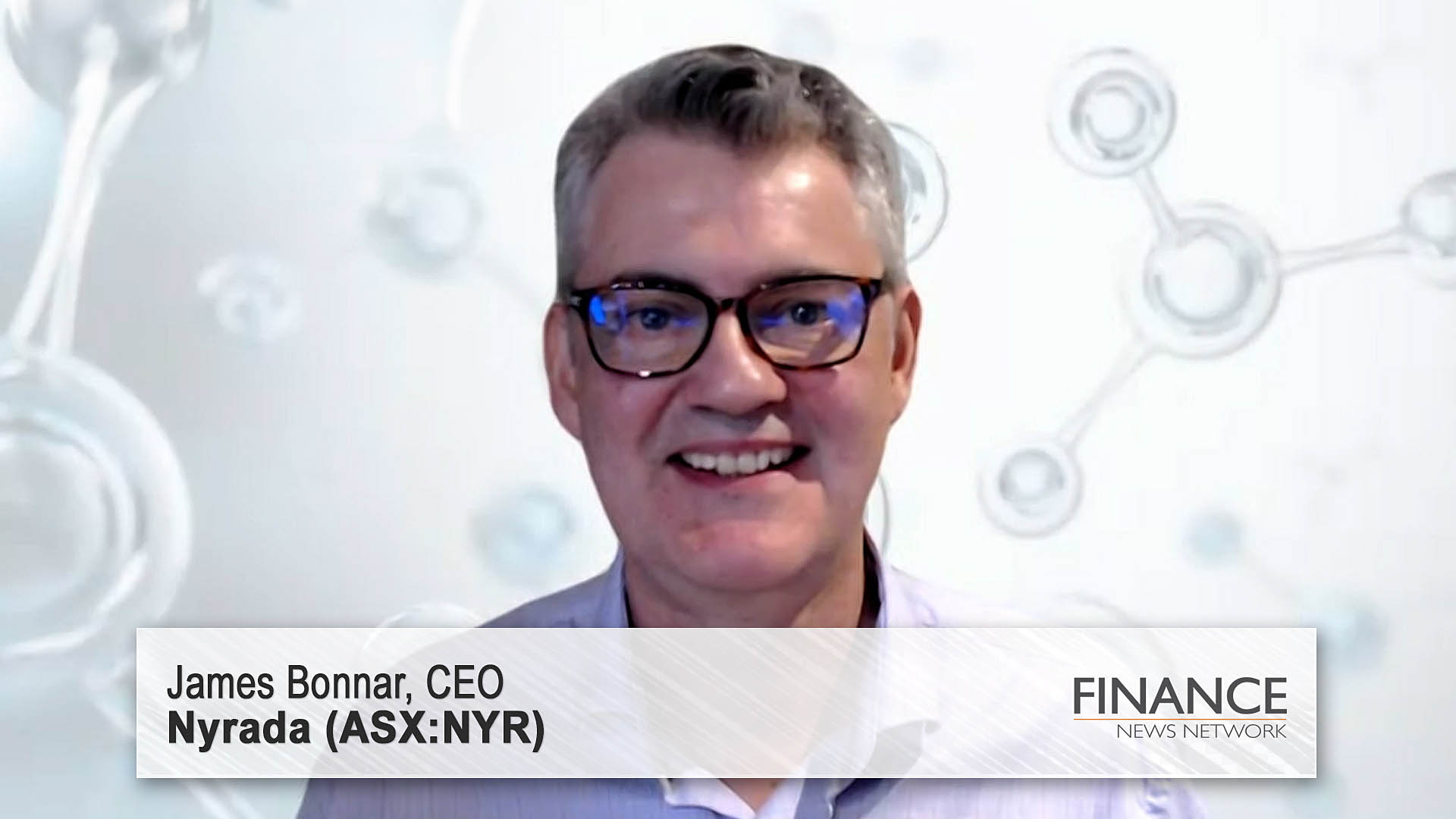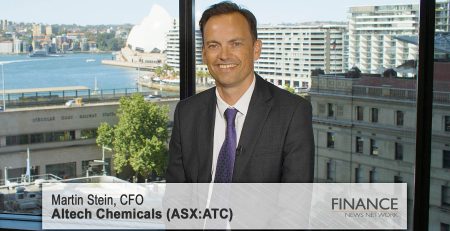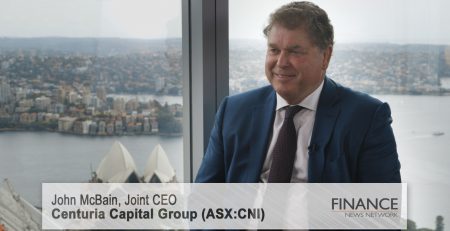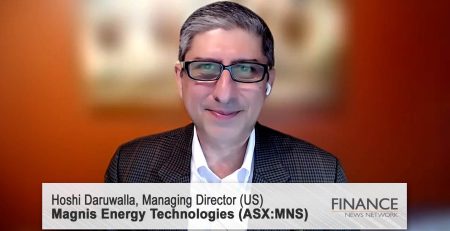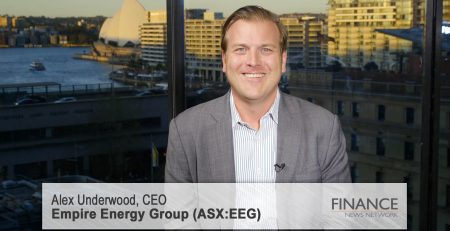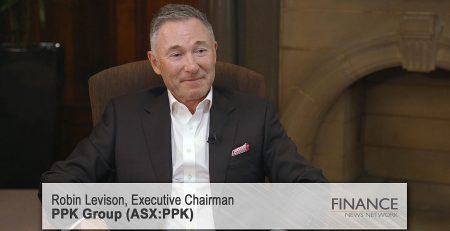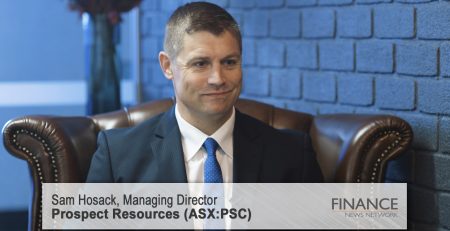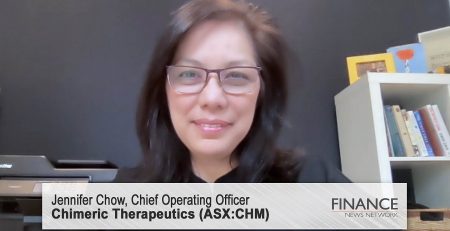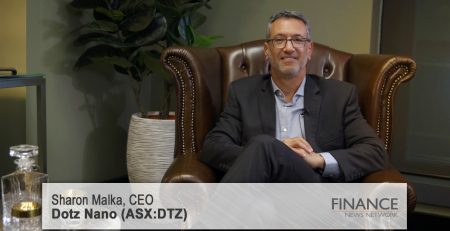Significant results for Nyrada’s brain injury treatment
Nyrada Limited (ASX:NYR) CEO James Bonnar discusses results for using NYR-B103 to treat brain injuries.
Paul Sanger: I'm Paul Sanger for the Finance News Network, and today I'm talking to Nyrada Inc (ASX:NYR), and they have a market cap of $14m. Nyrada is a drug discovery and development company specialising in novel small-molecule therapeutics to treat neurological and cardiovascular diseases. Their brain injury program is seeking to develop therapies to reduce the long-term disability associated with stroke or traumatic brain injury by limiting the progressive cell death that occurs as a secondary brain injury. Today, we're talking to the company's Chief Executive Officer, James Bonnar. James, welcome back to the network.
James Bonnar: Hi, Paul. Good to be here.
Paul Sanger: Now, James, you've released some significant news to the market today, positive results for your preclinical study evaluating the efficacy of your brain injury program drug candidate NYR-B103. Can you please walk us through the study results?
James Bonnar: Certainly, Paul. So, the results we announced today were the result of a study in stroke. This was a study in a mouse model, and very pleasingly we were able to show in this study a better than 40 per cent neuroprotection, which certainly far exceeded our expectations. Also in this study, we were able to achieve a really strong signal in a blood injury biomarker. So, that supports the key finding. In addition to that, we also looked at safety in this study. So, we were pleased to report that there were no adverse effects in these animals that received our drug, so very, very pleasing results and happy to report them to the market.
Paul Sanger: So just moving on, so what do these results actually mean for Nyrada and what would be the next steps for the brain injury program following these results?
James Bonnar: So, this is a key inflection point for the program, and it sets up the way forward into some studies that we have to run. These are mandatory safety studies before we go into a first-in-human clinical study. So, this drug is novel, it's never been tested before. And before we go into a first-in-human study, which we're planning to run later in the year here in Australia, we have to test the drug in animals just to make sure that they tolerate it well and also identify the dose that we're going to take into the clinical study.
Paul Sanger: And look, a typical question I ask with biotechs, what discussions, if any, have you had with potential partners or is it too early to develop those conversations?
James Bonnar: Well, it's fairly early in this program. I think there's a lot of interest in neurology drugs, particularly drugs that have first-in-class potential, which this drug does, and in therapeutic areas where there's unmet need, but also large commercial opportunities. So, we're developing this drug as a treatment for stroke, but also for traumatic brain injury. So, if you think of motor vehicle accidents, severe blows to the head, falls, etc. And the program that we're running really opens the door to two quite large and significant indications. These represent severe unmet clinical need. For example, here in Australia, stroke occurs about every 20 minutes. So, annually there are about 13 million strokes worldwide, and the numbers are similar for traumatic brain injury. So, we see this as a major step forward for the company and opening up quite a sizable commercial opportunity.
Paul Sanger: And just to close things up, James, what should investors be expecting over the next six months? Any data points they should be looking for? What can they expect?
James Bonnar: So, we're just about to initiate those safety studies, so we'll be reporting readouts from those studies. We're also running a study with the Walter Reed Army Institute of Research, and this is a division of the US Department of Defense, and they were set up specifically to research traumatic brain injury, and they've been big supporters of the program and they have a model that we want to test the drug in, and it's a model of penetrating ballistic brain injury. So, it kind of reflects the sort of injuries that soldiers receive on the battlefield. So, that study's about to get underway and we'll be reporting on that and we'll be giving regular updates to the market as we progress forward to the clinic.
Paul Sanger: James, a huge congratulations to yourself and to the broader team at Nyrada. Great to see these really impressive results, and we'll be watching the story very closely going forward.
James Bonnar: Thanks, Paul.
Ends
Copyright 2024 – Finance News Network
Source: Finance News Network

